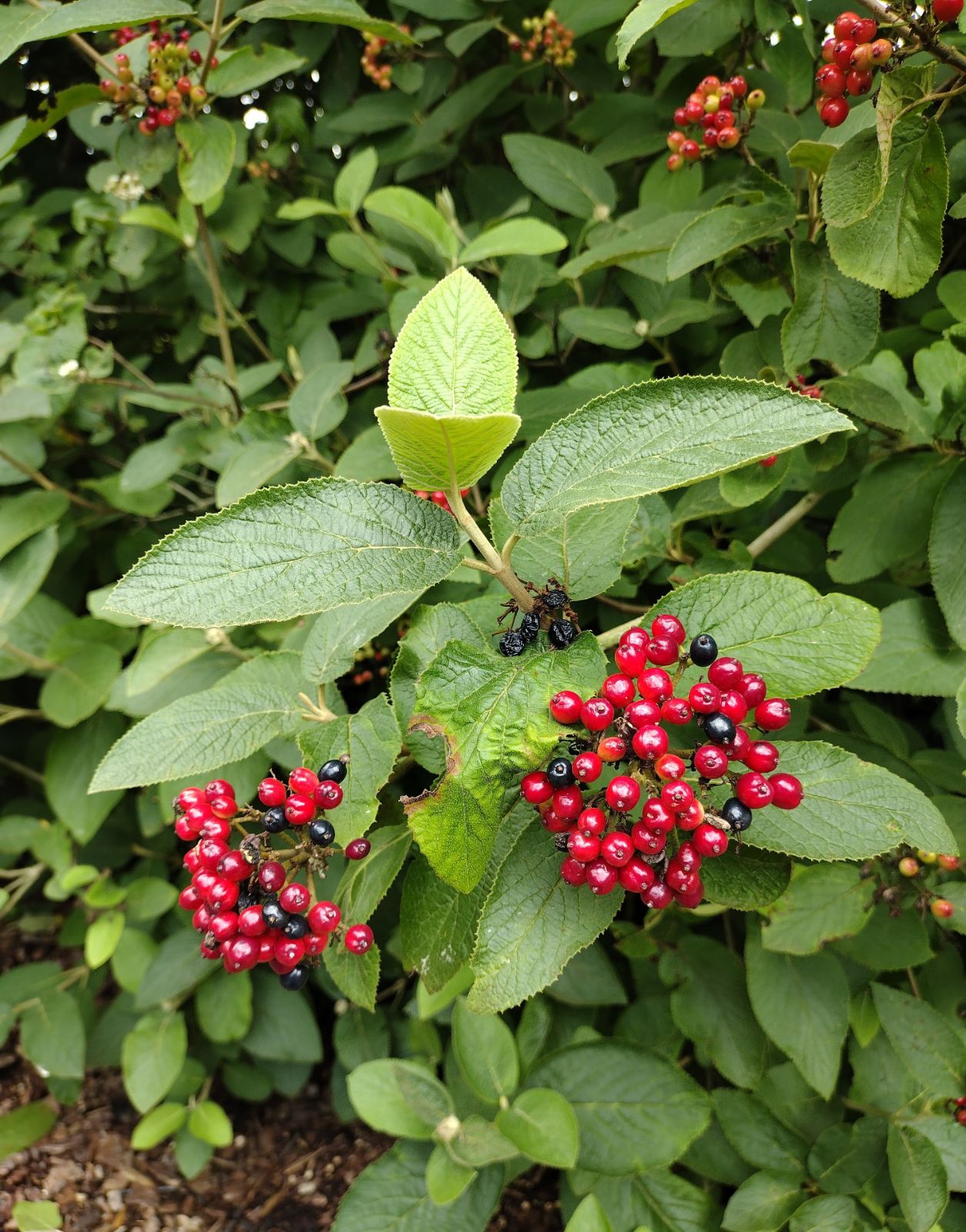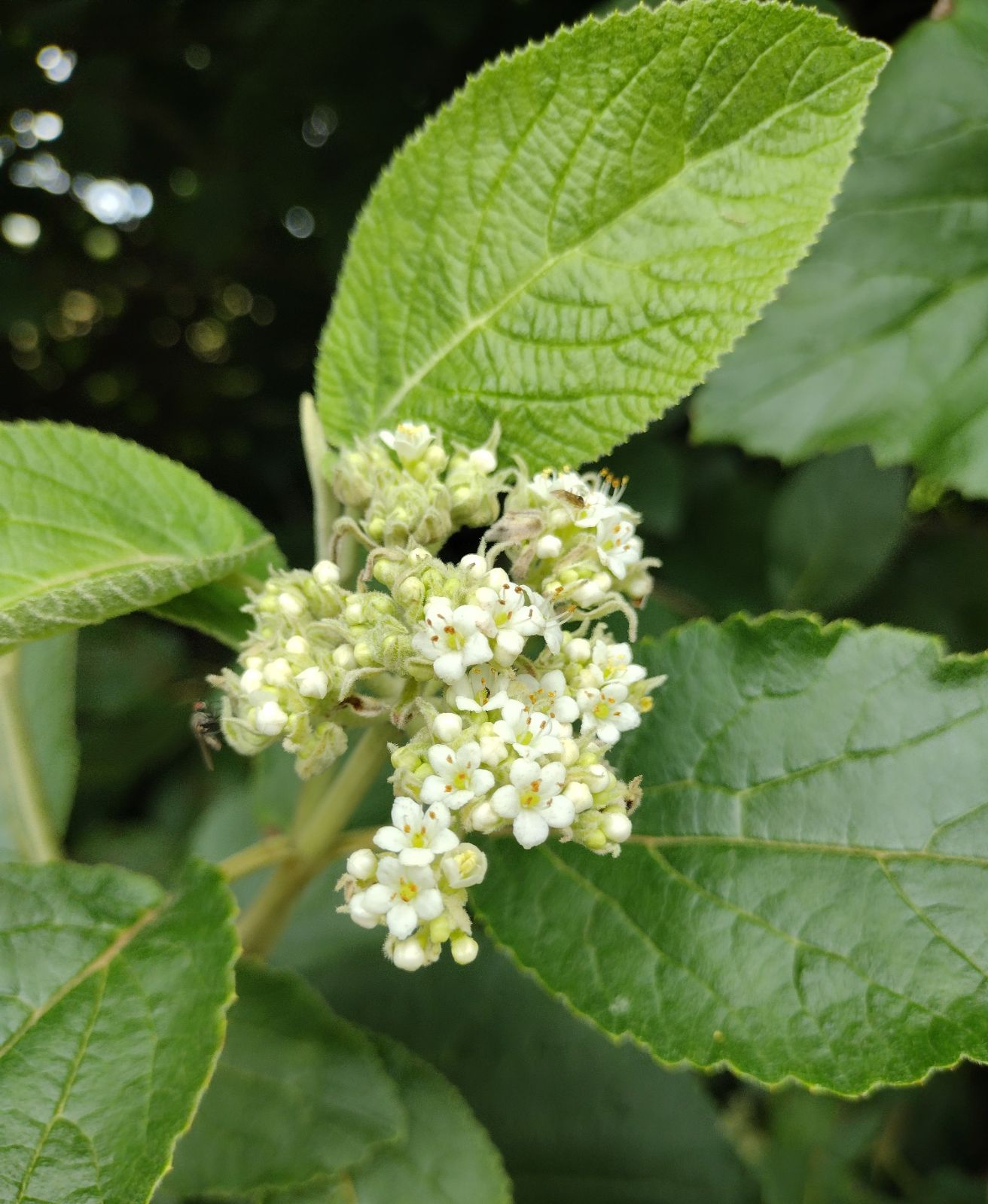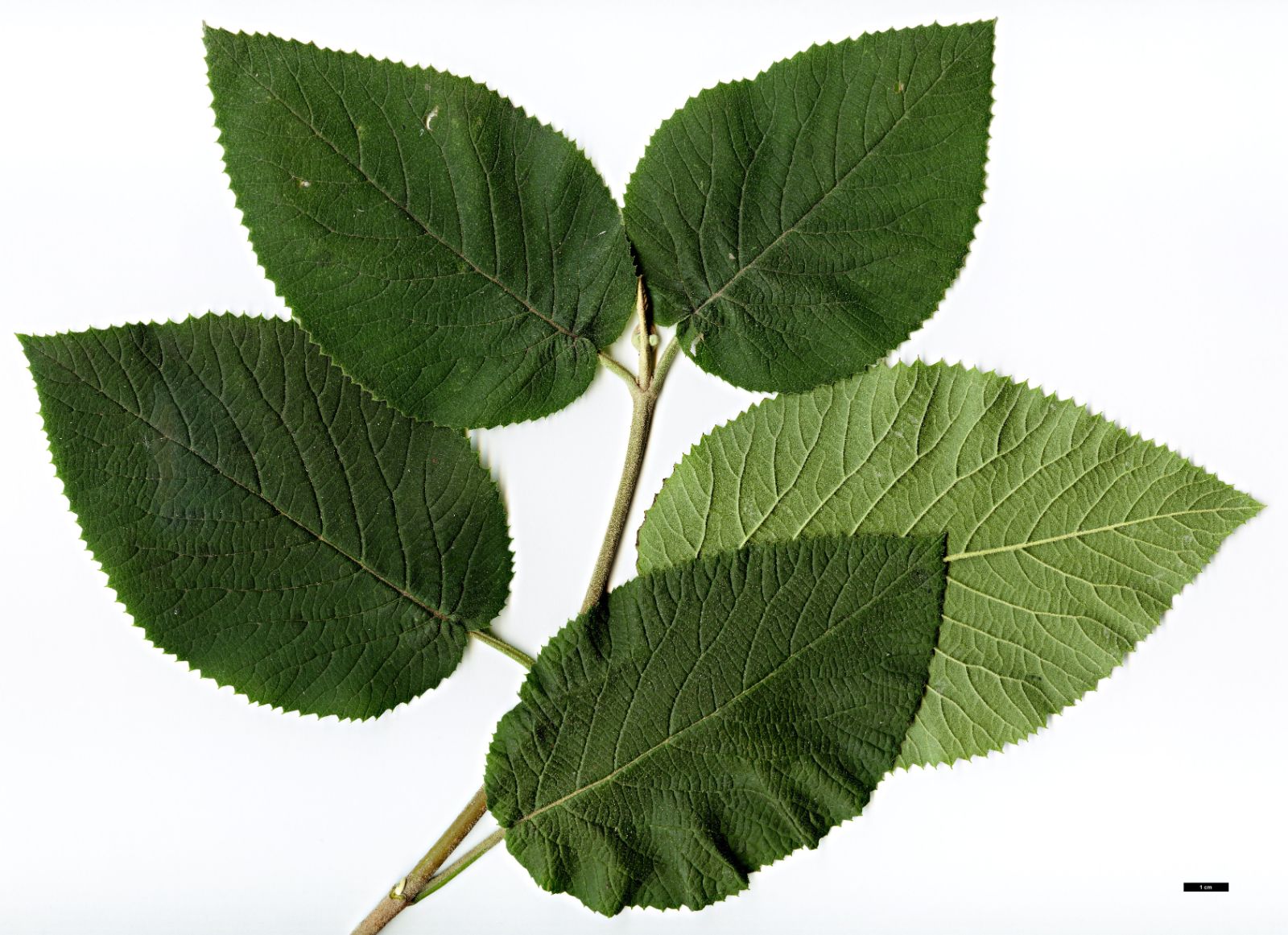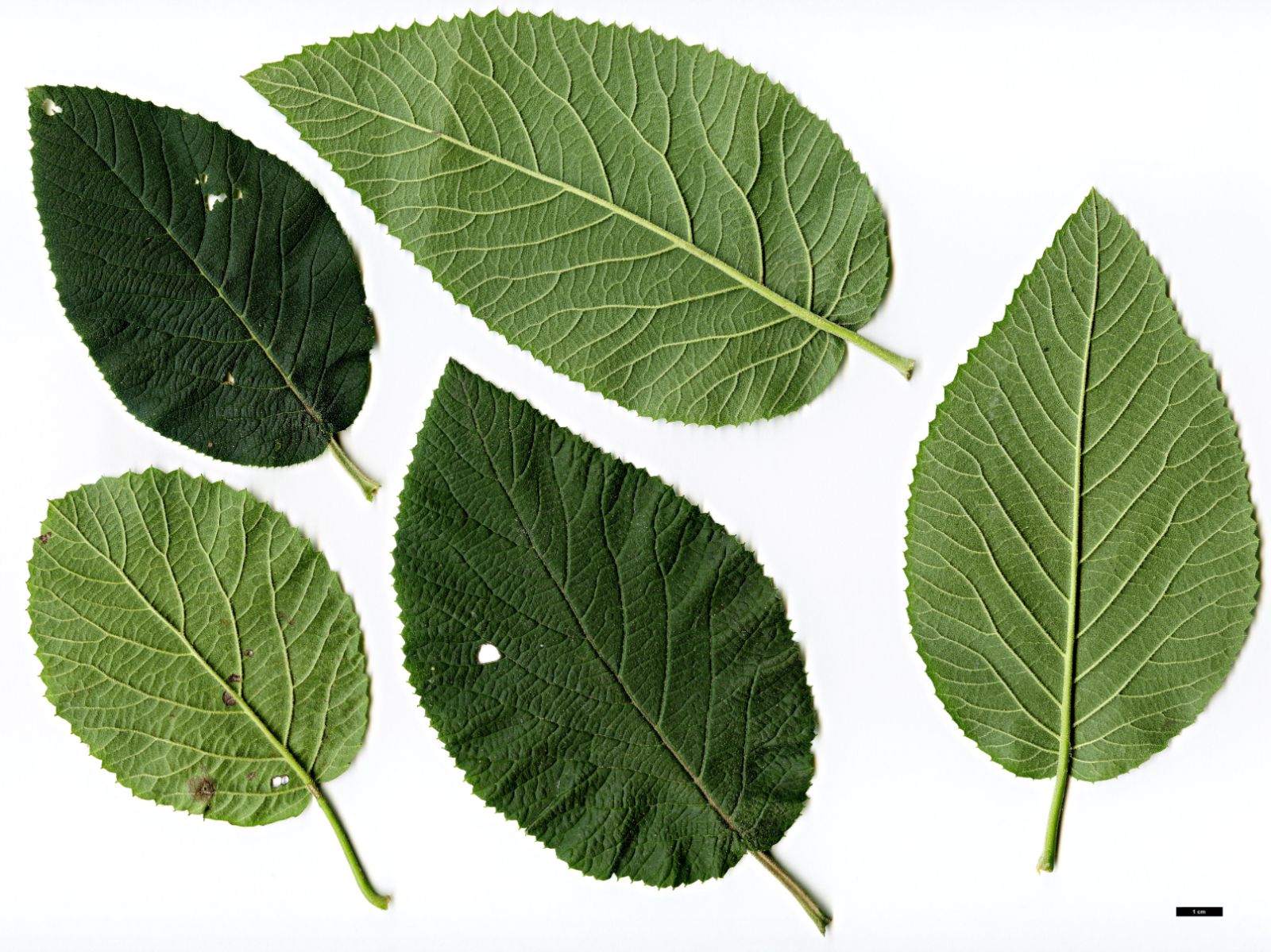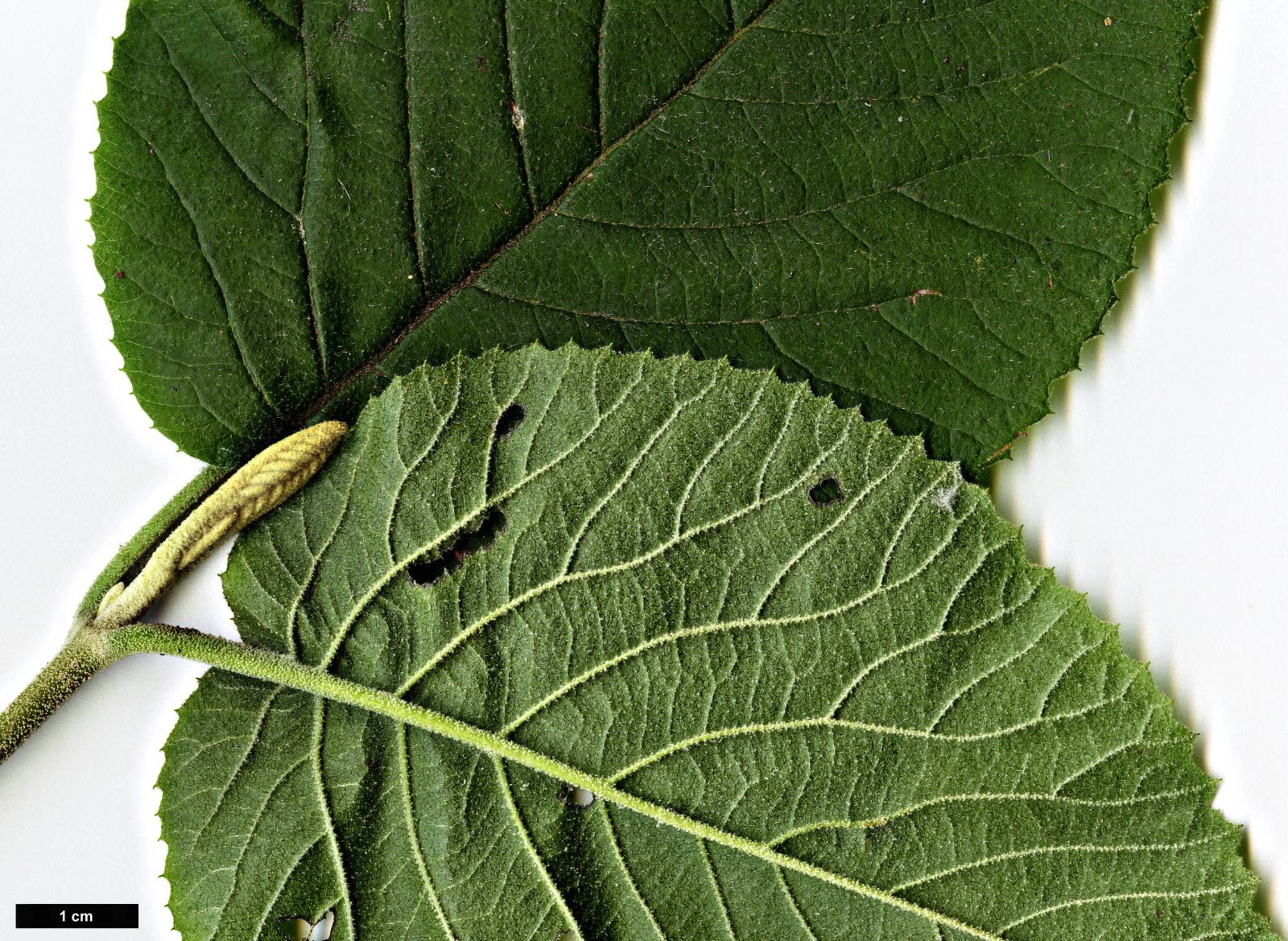Viburnum lantana
Credits
Article from Bean's Trees and Shrubs Hardy in the British Isles
Recommended citation
'Viburnum lantana' from the website Trees and Shrubs Online (treesandshrubsonline.
Genus
Common Names
- Wayfaring Tree
Other taxa in genus
- Viburnum acerifolium
- Viburnum betulifolium
- Viburnum × bodnantense
- Viburnum buddleifolium
- Viburnum burejaeticum
- Viburnum × burkwoodii
- Viburnum × carlcephalum
- Viburnum carlesii
- Viburnum cassinoides
- Viburnum cotinifolium
- Viburnum cylindricum
- Viburnum davidii
- Viburnum dentatum
- Viburnum dilatatum
- Viburnum erosum
- Viburnum farreri
- Viburnum foetidum
- Viburnum grandiflorum
- Viburnum harryanum
- Viburnum henryi
- Viburnum hupehense
- Viburnum japonicum
- Viburnum kansuense
- Viburnum lantanoides
- Viburnum lentago
- Viburnum macrocephalum
- Viburnum molle
- Viburnum nudum
- Viburnum odoratissimum
- Viburnum opulus
- Viburnum phlebotrichum
- Viburnum plicatum
- Viburnum propinquum
- Viburnum prunifolium
- Viburnum rhytidophyllum
- Viburnum rigidum
- Viburnum rufidulum
- Viburnum schensianum
- Viburnum setigerum
- Viburnum sieboldii
- Viburnum suspensum
- Viburnum tinus
- Viburnum utile
- Viburnum veitchii
- Viburnum wilsonii
- Viburnum wrightii
A vigorous deciduous bush, sometimes almost tree-like, 12 to 15 ft high; young shoots, buds, lower surface of leaves and flower-stalks all covered with a dense coat of pale, minute, starry down. Leaves broadly ovate or inclined to oblong, the base heart-shaped, the apex pointed or bluntish, minutely toothed, 2 to 5 in. long, 11⁄2 to 4 in. wide, upper surface velvety with stellate down, at least at first; stalk 1⁄2 to 11⁄4 in. long. Flowers white, 1⁄4 in. across, uniform and perfect, produced in May and June in stalked, usually seven-rayed cymes, 2 to 4 in. wide. Fruits oblong, 1⁄3 in. long, at first red, ultimately black.
Native of Europe, including England as far north as Yorkshire; also of N. Africa, Asia Minor, the Caucasus and northwest Iran. It is the type species of the Lantana group of viburnums, characterised by naked winter buds, deciduous foliage, a scurfy stellate down, and fruits at first red, then black. V. lantana is itself an ornamental shrub, pretty in flower, in fruit, and sometimes in its red autumn tints; useful for planting in tall shrubberies or in thin woodland. There is a variety whose leaves are blotched and spotted with yellow, but I have never seen it in a condition that would justify one in planting it.
A variant with leaves even more wrinkled than in the normal form was named var. rugosum by Lange, while var. discolor Huter is described as having the leaves smaller and firmer, white-tomentose beneath.

